The EHF Champions League is the premier event in European handball, where the continent’s best teams face each other every year. Powerful shots, frenzied tactics and an unspeakable atmosphere ensure that millions of fans around the world follow every match.
History of the EHF Champions League: from the first matches to Europe’s most important tournament
The EHF Champions League has played a major role in popularising handball across Europe, especially in the East. The tournaments have attracted huge spectator attention, created a unique atmosphere and enthralled thousands of fans. Thanks to the increasing number of TV and internet broadcasts, the number of spectators of the final matches has steadily increased, which has contributed to the further development of handball and attracted new handball fans.
Becoming
The EHF Champions League saw the light of day in 1993, replacing the old format of the European Champions Cup. In the early years, only a few top clubs participated in the tournament, but its popularity grew rapidly. By the 2000s, the competition had become the place where the best players from all over Europe gathered. As the format changed over the years, the number of participants increased and the tournament grew to 32 teams, allowing representatives from different countries to compete for the right to be called the best.
Sponsors such as Velux played an important role in its development, as they supported the competition for a long time, adding financial stability and prestige. In the 2010s, the league gained the status of the world’s biggest handball event, with thousands of fans in the Lanxess Arena in Cologne.
EHF Champions League game rules: tournament structure and key features
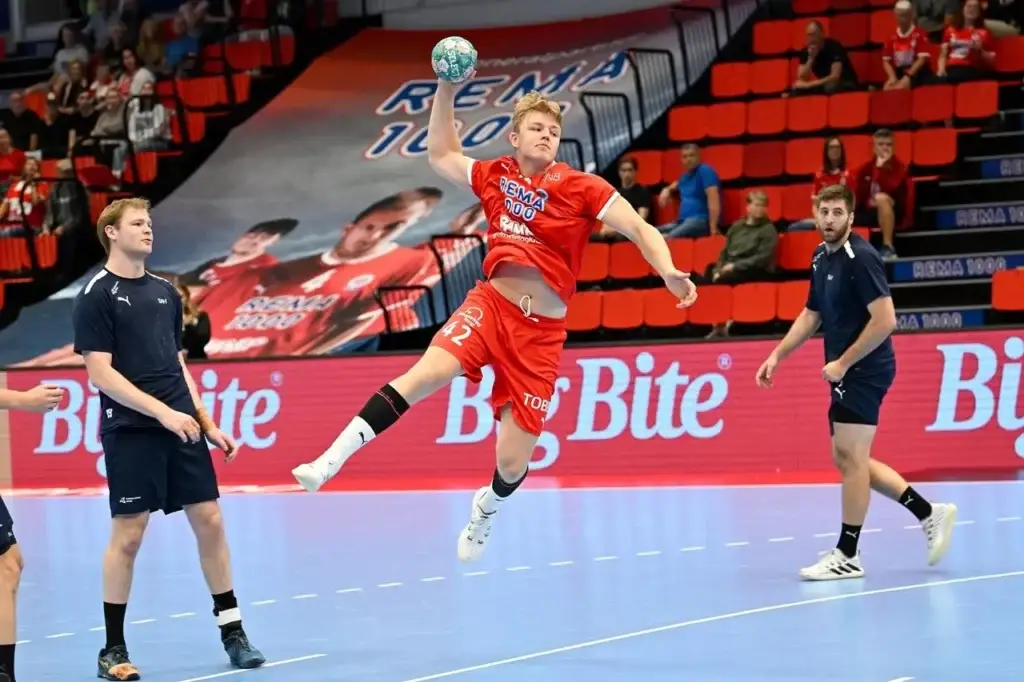 Major changes in tournament rules have had a major impact on the play and spectacle of the matches. There have been numerous adjustments over the past 10 years, including changes to the format of the matches, which have become more dynamic and fair for all participants. The new rules for the teams have led to more entertainment, which is especially reflected in the knockout stages, where the competition has become more intense and exciting.
Major changes in tournament rules have had a major impact on the play and spectacle of the matches. There have been numerous adjustments over the past 10 years, including changes to the format of the matches, which have become more dynamic and fair for all participants. The new rules for the teams have led to more entertainment, which is especially reflected in the knockout stages, where the competition has become more intense and exciting.
What you need to know about the EHF Champions League rules
The competition consists of several stages, each of which is unique. First, there is the group stage, where 16 teams are divided into groups. Each team plays home and away matches, ensuring a level playing field and a unique atmosphere for fans. The best representatives are removed from the groups and the play-off phase begins, a true battle of titans in which there is no margin for error.
The final stage is called the Final Four and takes place in one location: Cologne (Germany). There, the fate of the cup is decided and every year fans flock to the Lanxess Arena to witness the most spectacular match of the season. The teams taking part in the final show their best, as winning the EHF Champions League means not only prestige, but also a place in the history of world handball.
The EHF Champions League participants: who dominates the European stage?
Top teams play a key role in the development of young talent. The academies of clubs like Barcelona and PSG actively invest in the development of their young players and create the best conditions for their training and growth. Youth teams receive professional training and follow well-thought-out training plans, allowing young handball players to improve their skills and prepare for adult tournaments.
In addition, top clubs support young athletes on their way to the top team, giving them the opportunity to compete and gain experience at the highest level. This support helps talents move to the next level with confidence and become part of the elite clubs, ready to compete for the EHF Champions League title in the future.
Top EHF Champions League teams and their achievements
Over the years, the tournament has been dominated by clubs such as Barcelona, Veszprém, Paris Saint-Germain and Cologne. Barcelona are multiple champions and have won the cup more than 10 times. Their success is based on a combination of powerful attack, tactical flexibility and experienced coaches like Javier Pascual, who has led the team to multiple victories.
Hungary’s Veszprem is also among the frontrunners. Their road to the top has been long, but thanks to the support of sponsor MOL Group and the great play of star players like Mate Lekai, they have managed to reach the final several times and establish themselves as one of the best handball teams in Europe.
We also cannot leave out Montpellier, which unexpectedly beat all favourites and became champions in 2018. This success proved that the EHF Champions League is full of surprises, where even the strongest teams can lose to lesser-known opponents.
EHF Champions League highlights: unexpected twists and legendary matches
The EHF Champions League has always been known for its legendary matches and the colourful players who have made their names in the tournament’s history. Some matches have become true classics thanks to the players’ incredible battles, tactics and skills. For example, the 2015 final between Barcelona and Veszprem is forever remembered by fans for its incredible intrigue and dramatic outcome.
How final matches attract media attention
The final matches of the EHF Champions League invariably attract large audiences thanks to quality TV broadcasts and active cooperation with the international media. Viewing figures for the matches have risen significantly in recent years, demonstrating the growing interest in the tournament. Many major TV channels, such as Eurosport and Sky Sports, broadcast these matches, helping to make handball more popular and attract new viewers.
The handball top
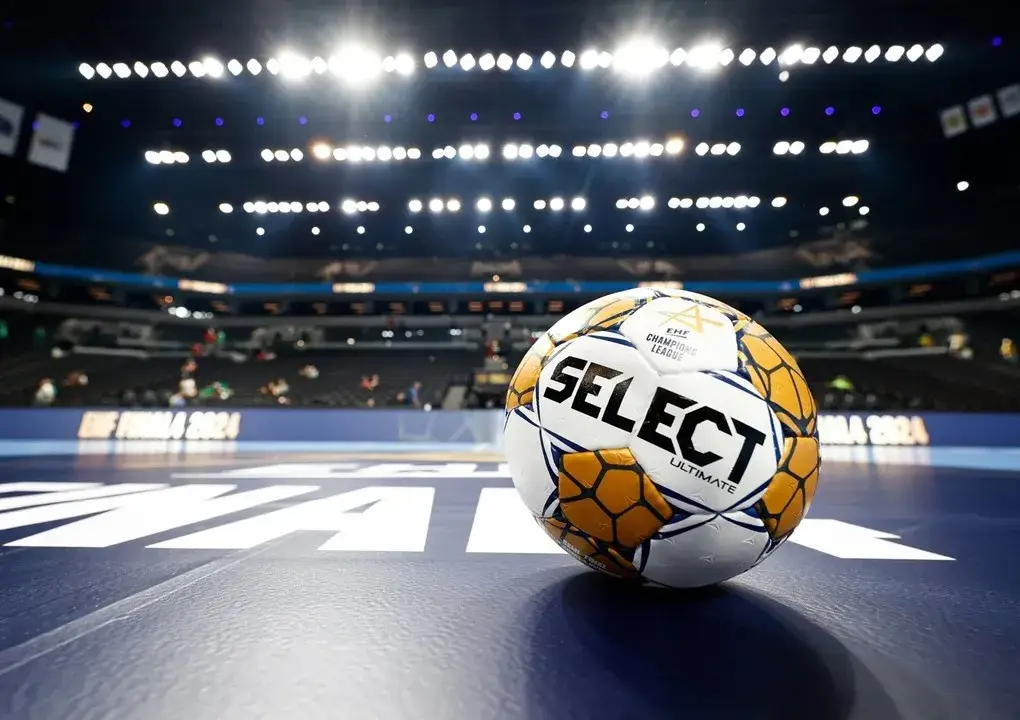 The EHF Champions League is a challenge for every team. Winning this competition is every handball club’s dream, because it means not only winning the cup, but also being recognised by the entire handball community. This tournament helps handball develop, attract new audiences and make the sport more popular in countries where it is not yet so well known.
The EHF Champions League is a challenge for every team. Winning this competition is every handball club’s dream, because it means not only winning the cup, but also being recognised by the entire handball community. This tournament helps handball develop, attract new audiences and make the sport more popular in countries where it is not yet so well known.
Every EHF Champions League match is a spectacle that makes fans anxious, happy and sad along with the teams. Follow the tournament, support your favourite clubs and enjoy the finest moments that only European handball at the highest level can offer.


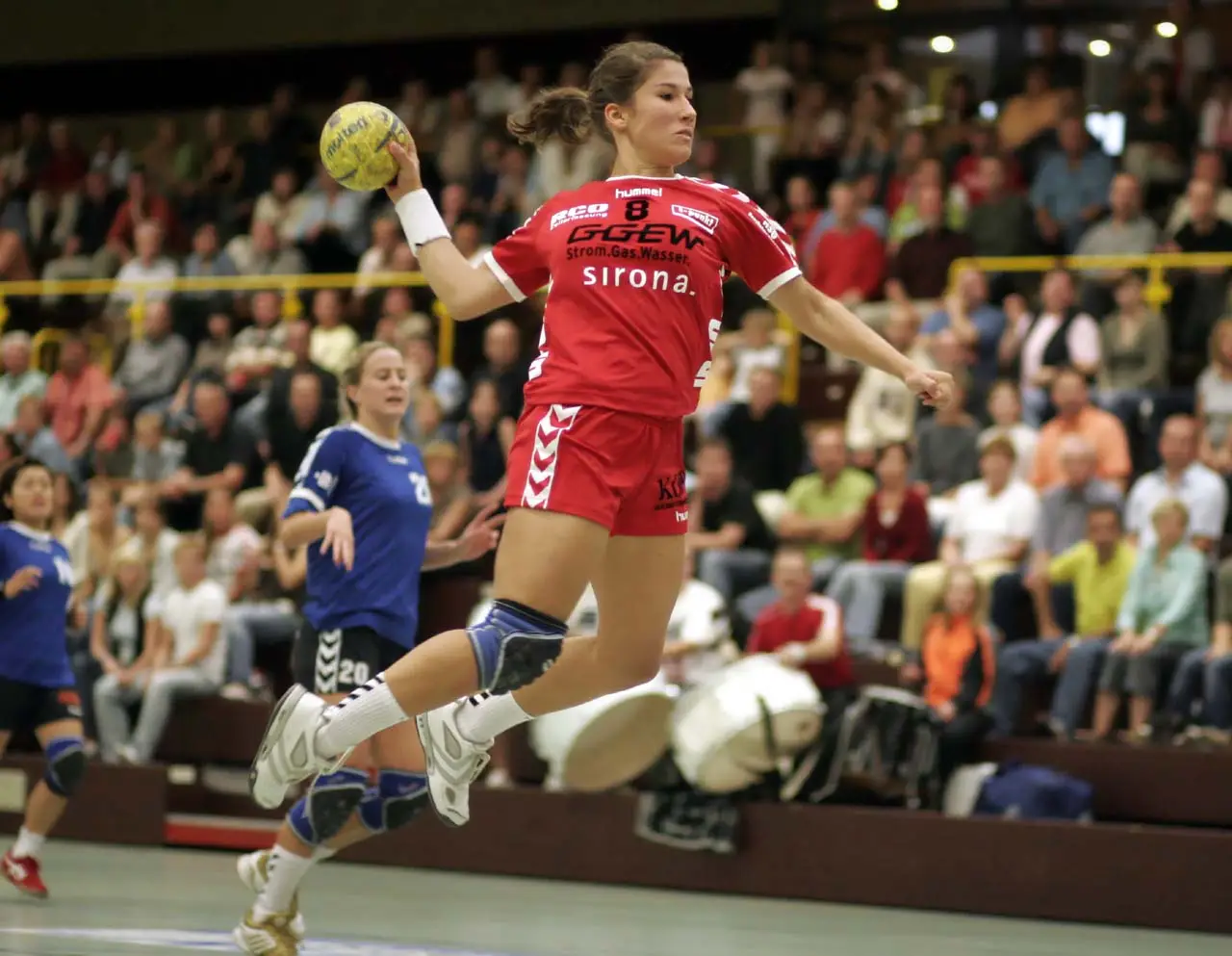
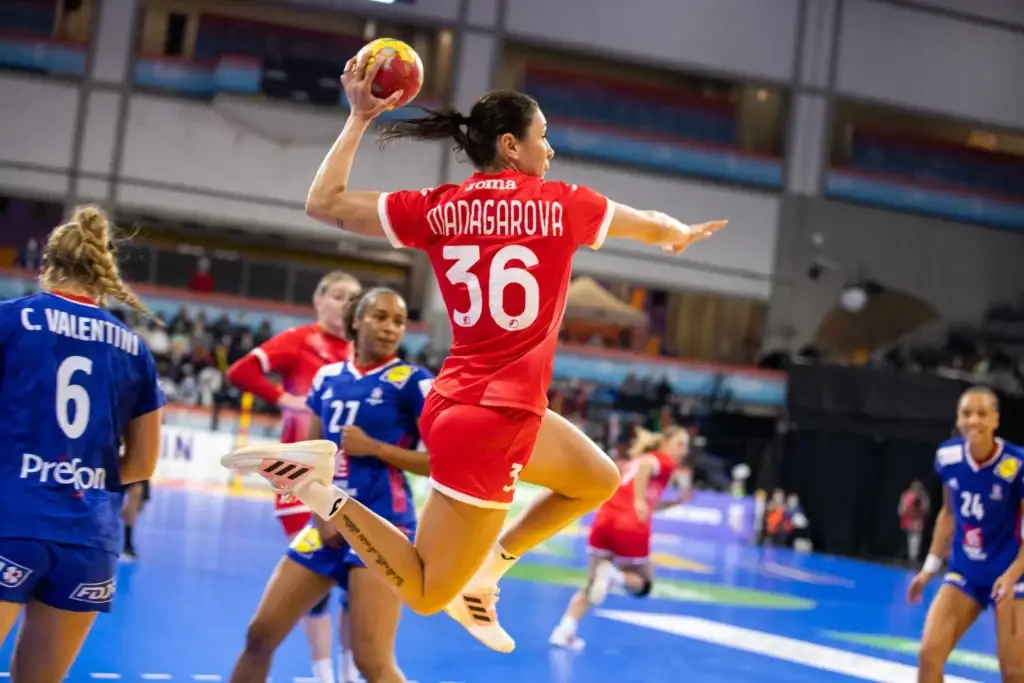 The discipline first appeared at the 1936 Olympic Games in Berlin. On that occasion, it was presented as an exhibition sport. But since then, handball had to wait more than three decades to return to the Olympic programme. The return came in 1972 at the Munich Olympics, where it became an official competition. In 1976, women’s handball was also included in the OG programme, an important step in popularising handball among women.
The discipline first appeared at the 1936 Olympic Games in Berlin. On that occasion, it was presented as an exhibition sport. But since then, handball had to wait more than three decades to return to the Olympic programme. The return came in 1972 at the Munich Olympics, where it became an official competition. In 1976, women’s handball was also included in the OG programme, an important step in popularising handball among women.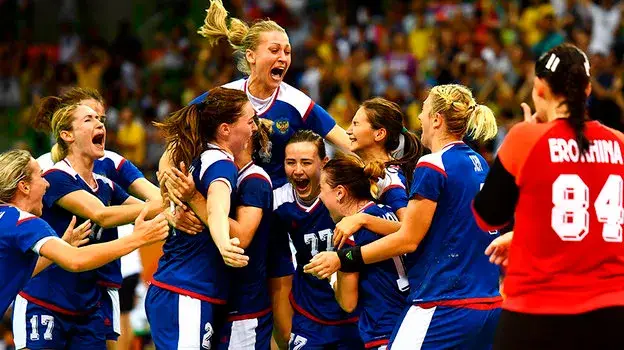 This great sport combines the best of team games: speed, tactics, strength and team spirit. The facts show how varied handball can be. Try to find out more or try this dynamic discipline yourself – the experience will be unforgettable!
This great sport combines the best of team games: speed, tactics, strength and team spirit. The facts show how varied handball can be. Try to find out more or try this dynamic discipline yourself – the experience will be unforgettable!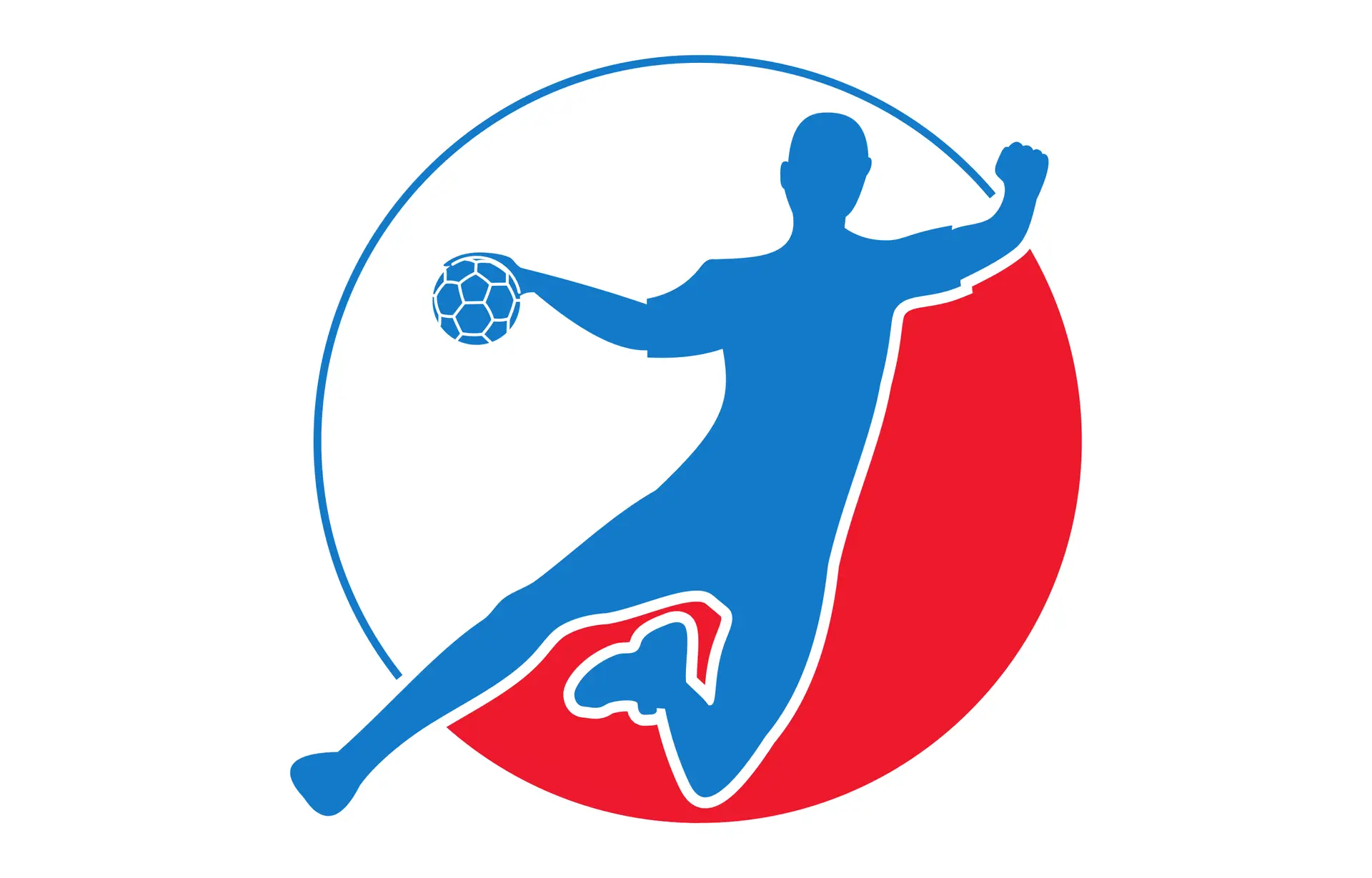
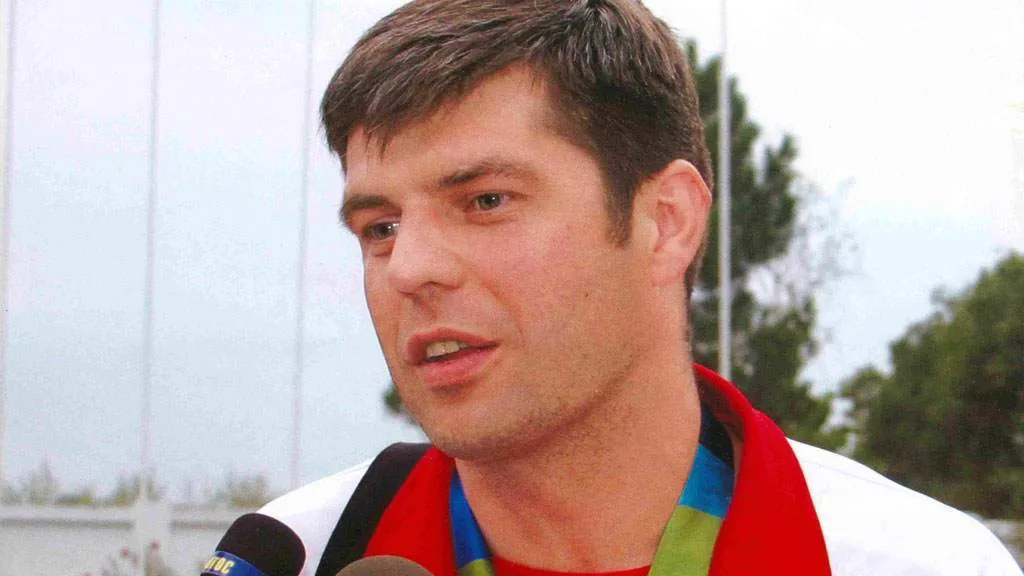 Vasili Kudinov was born in 1969 in Volgograd, where he started his sports career with football, but at the age of 12 he became interested in handball thanks to his school coach. He progressed quickly and by the age of 18 he was already part of the selection of local club Kaustik and a year later he made his debut for the national team. A legend of Russian handball, Kudinov gave the country more than one victory.
Vasili Kudinov was born in 1969 in Volgograd, where he started his sports career with football, but at the age of 12 he became interested in handball thanks to his school coach. He progressed quickly and by the age of 18 he was already part of the selection of local club Kaustik and a year later he made his debut for the national team. A legend of Russian handball, Kudinov gave the country more than one victory.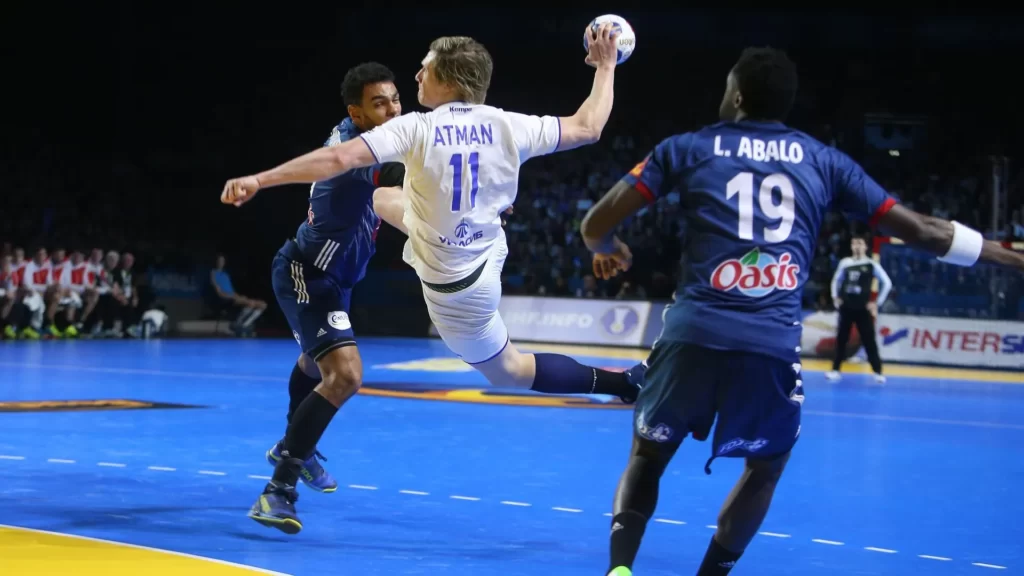 Russian handball players have left an indelible mark on the history of world sport. Their hard work, perseverance and dedication have made the country one of the strongest handball powers. Each of them – Organov, Lavrov, Kudinov, Kiselev, Levshin and Ryabov – made invaluable contributions to the development of the sport and became role models for future generations. Their achievements not only inspire, but also remind us that true success comes from those who achieve it with total commitment.
Russian handball players have left an indelible mark on the history of world sport. Their hard work, perseverance and dedication have made the country one of the strongest handball powers. Each of them – Organov, Lavrov, Kudinov, Kiselev, Levshin and Ryabov – made invaluable contributions to the development of the sport and became role models for future generations. Their achievements not only inspire, but also remind us that true success comes from those who achieve it with total commitment.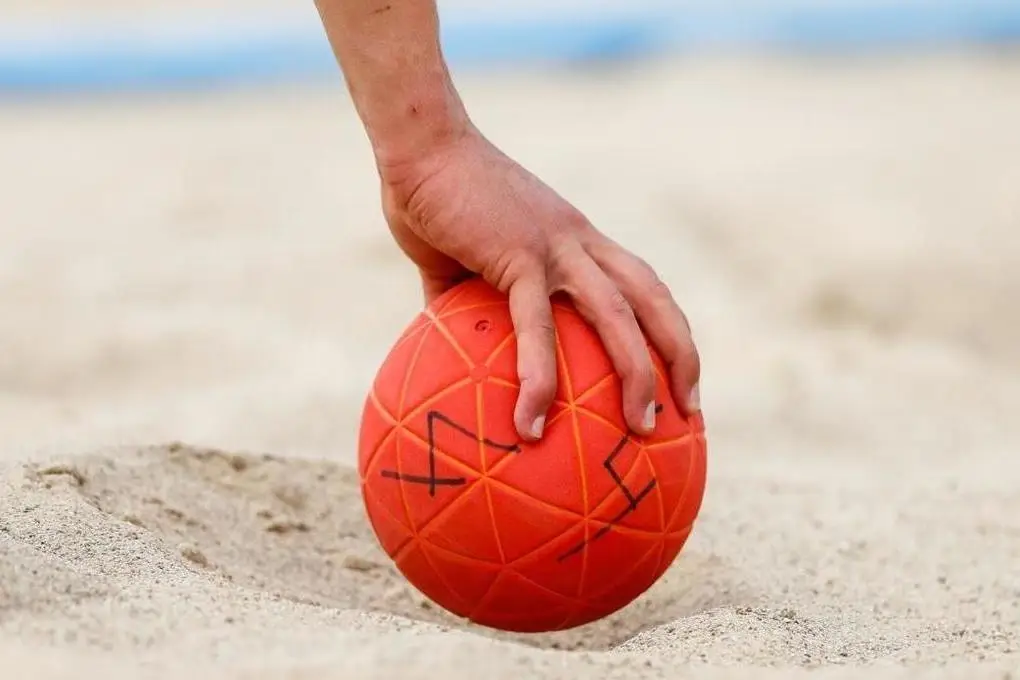
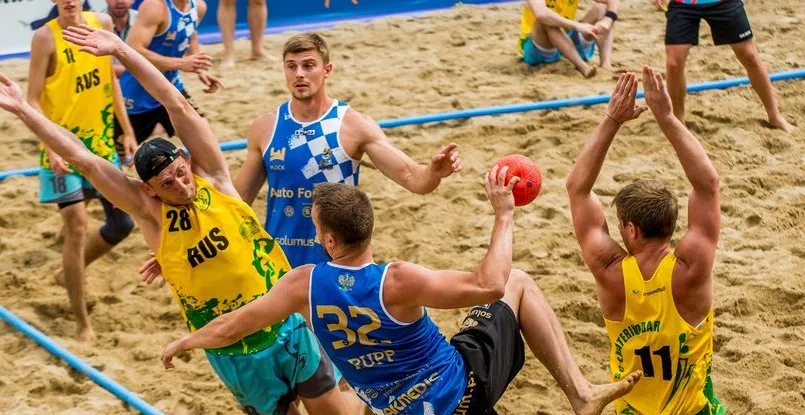 First, there is the ball, which differs from the classic ball in that it is smaller and has a special material that gives it better grip in sandy field conditions. The goal, as mentioned above, is 2×3 metres in size and is made of light but strong materials so it can be easily transported and placed on the beach.
First, there is the ball, which differs from the classic ball in that it is smaller and has a special material that gives it better grip in sandy field conditions. The goal, as mentioned above, is 2×3 metres in size and is made of light but strong materials so it can be easily transported and placed on the beach.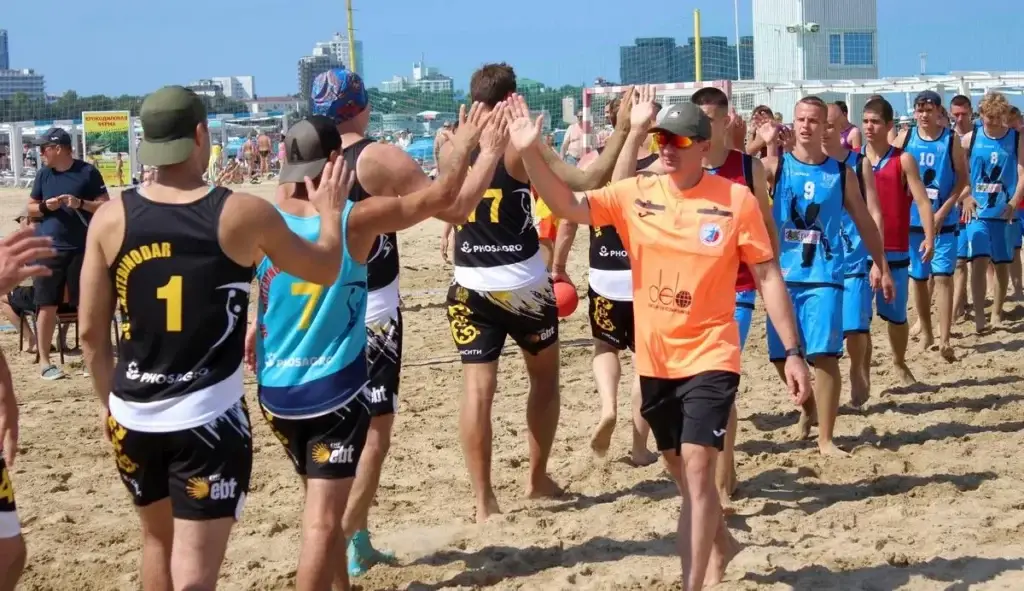 Beach handball combines dynamism, excitement and summer atmosphere. Unique rules, colourful tournaments and incredible throws make it a great choice for both professional athletes and people who just want to be active on the beach. Try picking up a ball and playing with friends to experience first-hand the energy and drive this format offers.
Beach handball combines dynamism, excitement and summer atmosphere. Unique rules, colourful tournaments and incredible throws make it a great choice for both professional athletes and people who just want to be active on the beach. Try picking up a ball and playing with friends to experience first-hand the energy and drive this format offers.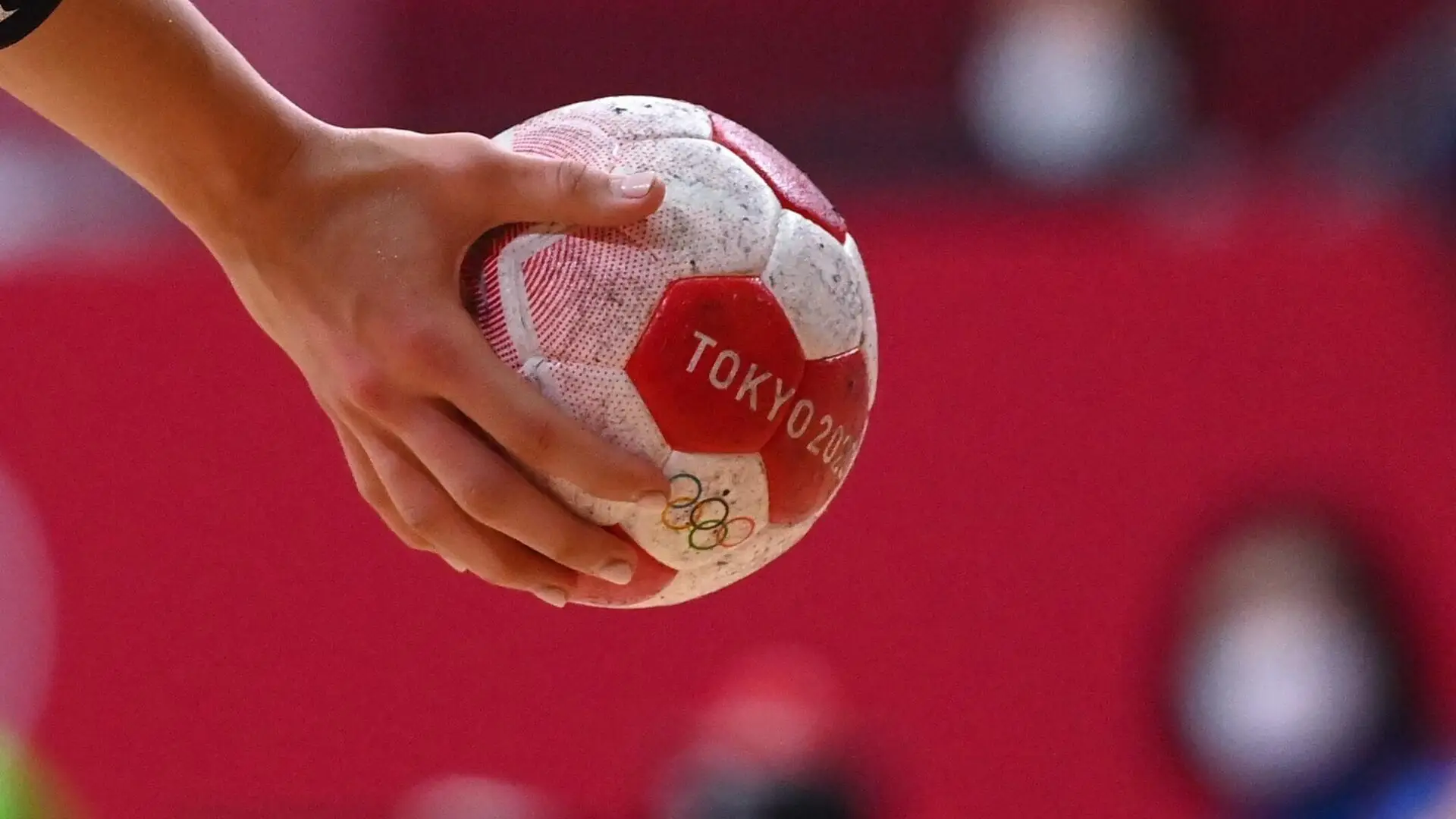
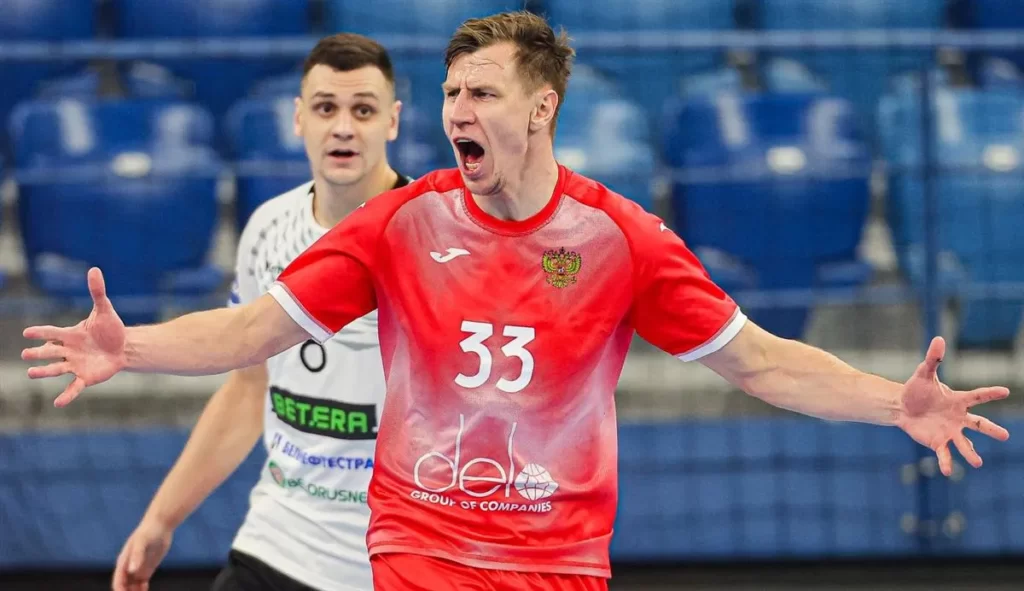 Danish Mikkel Hansen is one of the brightest stars in handball. Under his contract with Paris Saint-Germain, Hansen earns around 1.5 million euros per year. This is not only his regular salary, but also many additional bonuses for winning the Champions League and national tournaments. His advertising contracts with Hummel also bring in large incomes.
Danish Mikkel Hansen is one of the brightest stars in handball. Under his contract with Paris Saint-Germain, Hansen earns around 1.5 million euros per year. This is not only his regular salary, but also many additional bonuses for winning the Champions League and national tournaments. His advertising contracts with Hummel also bring in large incomes.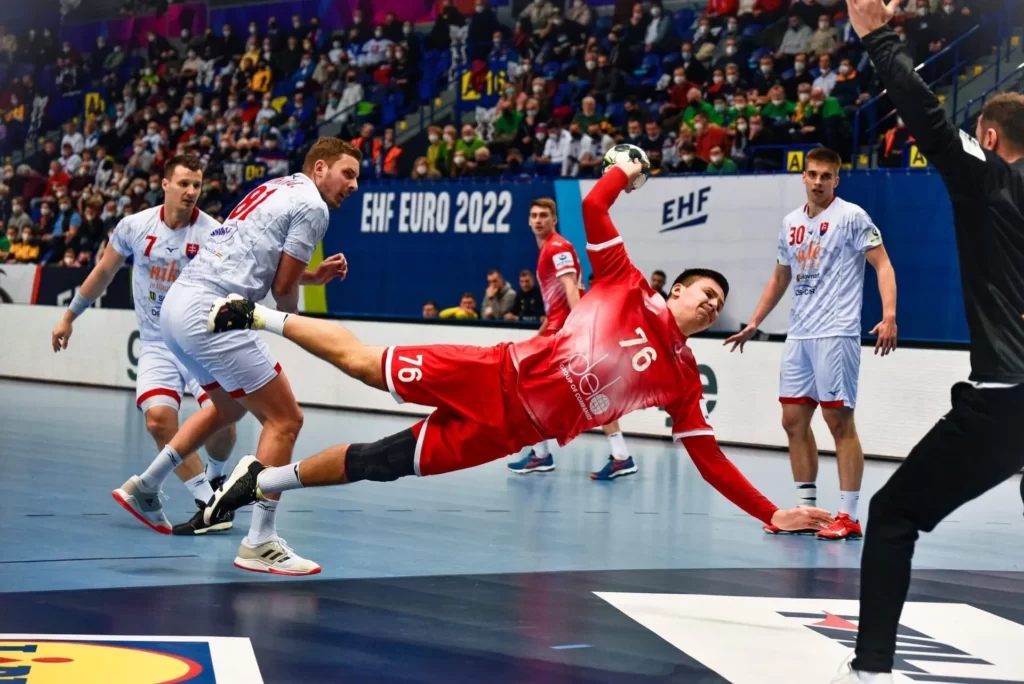 The income of handball players in Russia and worldwide varies depending on several factors: club, country, skill level of the player, sponsor support. How much handball players earn depends on the popularity of handball in a particular country, on available finances and on success on the international stage. Despite the fact that the discipline cannot compete in terms of income with football or basketball, many athletes find in this sport not only stable earnings, but also an opportunity for self-realisation. In the future, women’s handball may also attract more attention from sponsors and spectators, which will certainly have an impact on the level of athletes’ salaries.
The income of handball players in Russia and worldwide varies depending on several factors: club, country, skill level of the player, sponsor support. How much handball players earn depends on the popularity of handball in a particular country, on available finances and on success on the international stage. Despite the fact that the discipline cannot compete in terms of income with football or basketball, many athletes find in this sport not only stable earnings, but also an opportunity for self-realisation. In the future, women’s handball may also attract more attention from sponsors and spectators, which will certainly have an impact on the level of athletes’ salaries.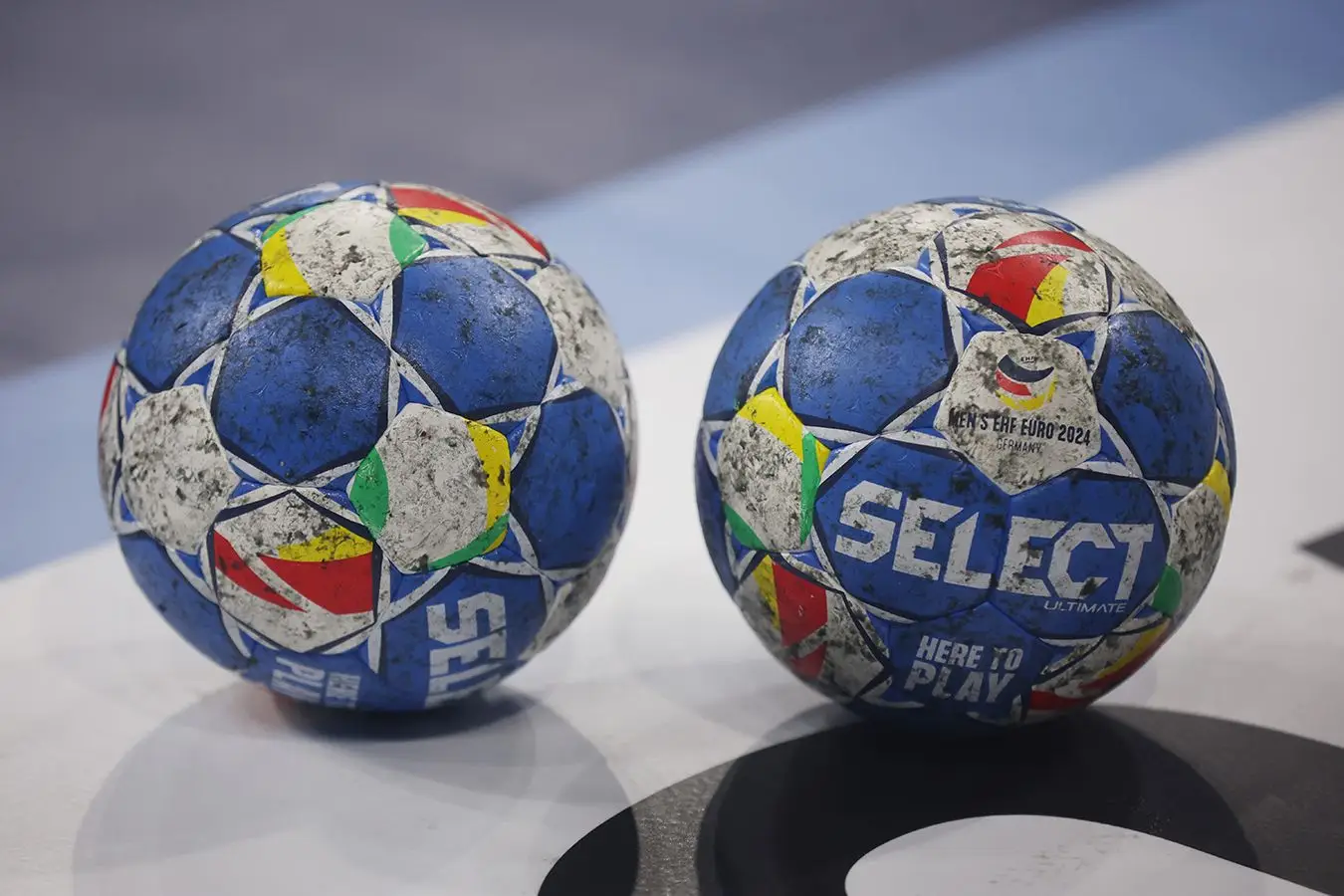
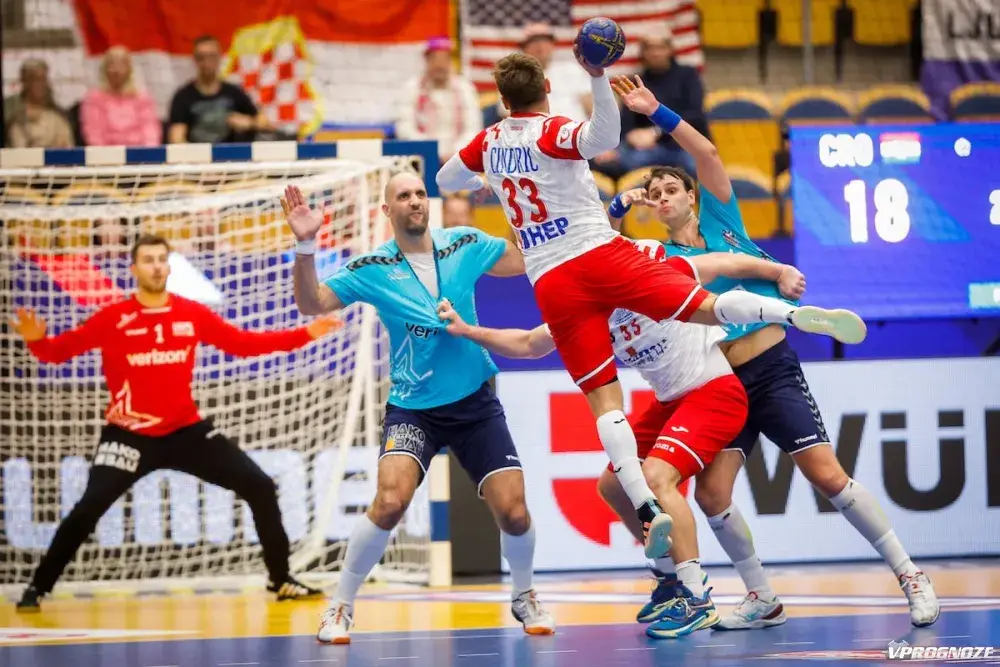 As always, the tournament will be a true battleground for the strongest handball clubs of 2025. Invited to participate are the teams that have long established themselves as world leaders: PSG, Barcelona, Veszprém and Kiel. These teams have not only brought together the best players in the world, but also developed unique strategies that make every match a true spectacle. Fans will witness a clash of different styles, from the mighty German handball to the graceful technique of the Spaniards.
As always, the tournament will be a true battleground for the strongest handball clubs of 2025. Invited to participate are the teams that have long established themselves as world leaders: PSG, Barcelona, Veszprém and Kiel. These teams have not only brought together the best players in the world, but also developed unique strategies that make every match a true spectacle. Fans will witness a clash of different styles, from the mighty German handball to the graceful technique of the Spaniards.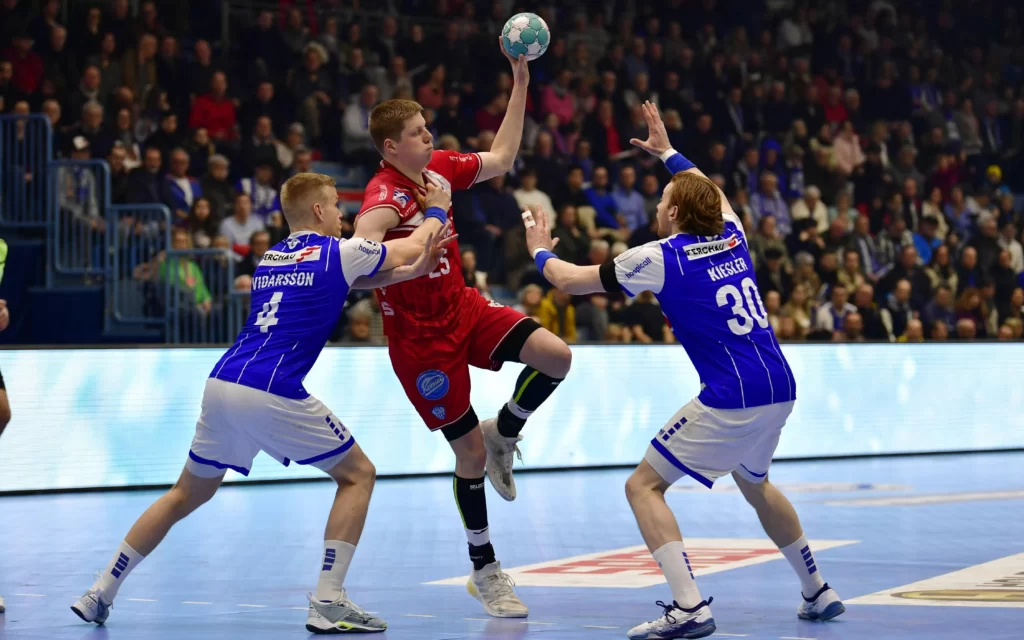 The year 2025 promises to be a busy one for all handball fans. From the World Cup to the national leagues, each tournament adds a unique colour to the whole. The preparation of host nations, the energy of fans and new tactical ideas will make 2025 a unique handball year. Prepare for excitement, unexpected twists and turns and, of course, new legends of the sport.
The year 2025 promises to be a busy one for all handball fans. From the World Cup to the national leagues, each tournament adds a unique colour to the whole. The preparation of host nations, the energy of fans and new tactical ideas will make 2025 a unique handball year. Prepare for excitement, unexpected twists and turns and, of course, new legends of the sport.
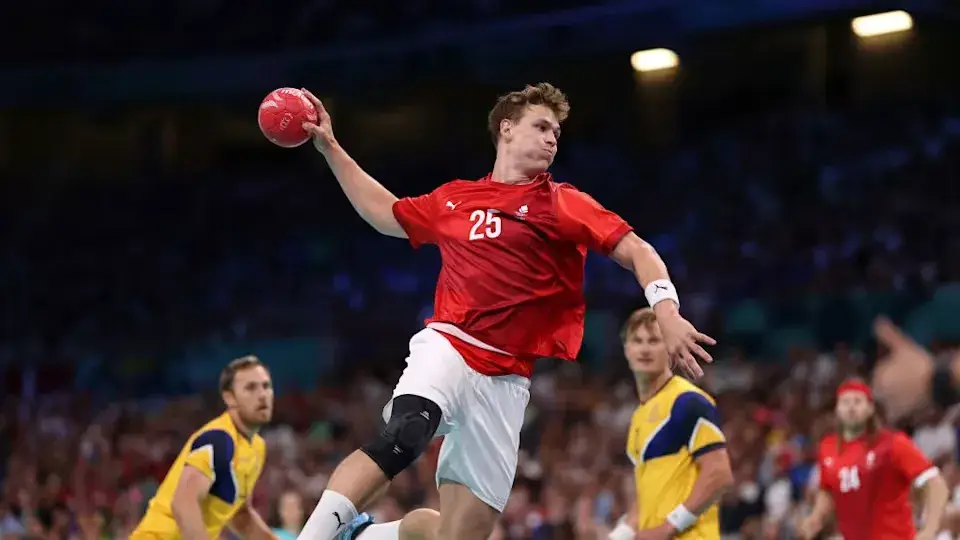
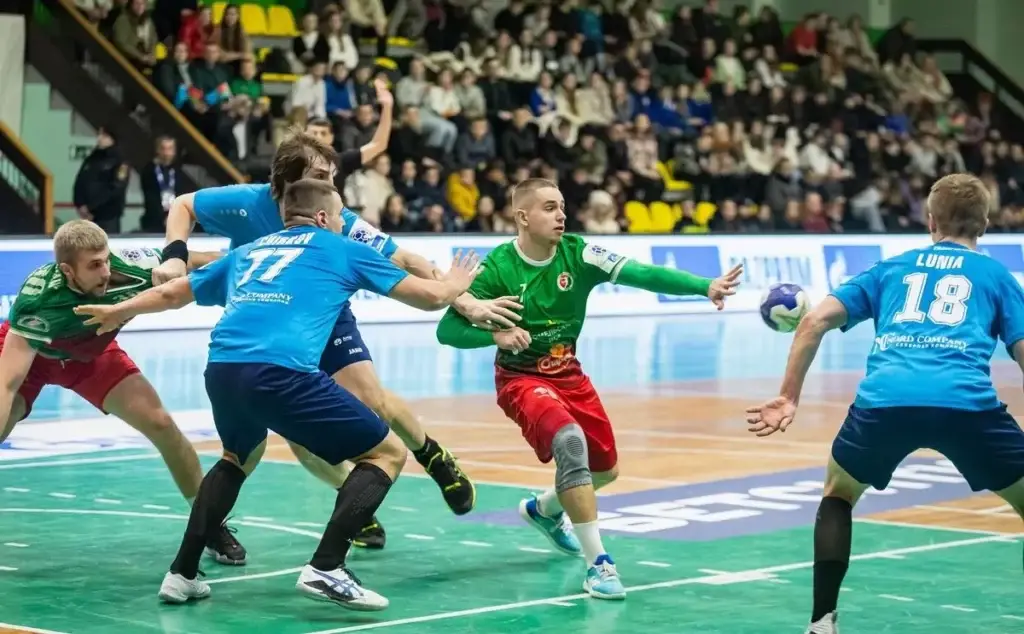

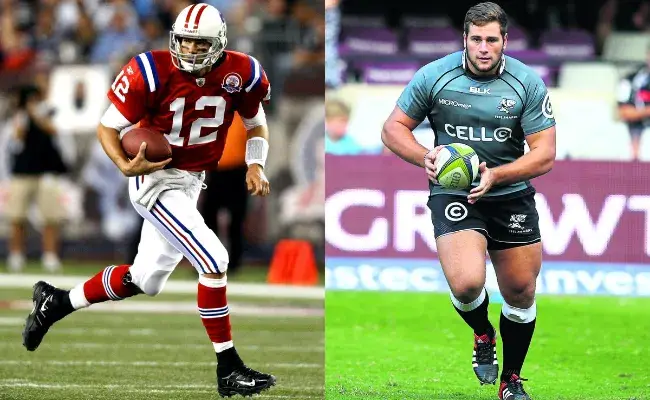
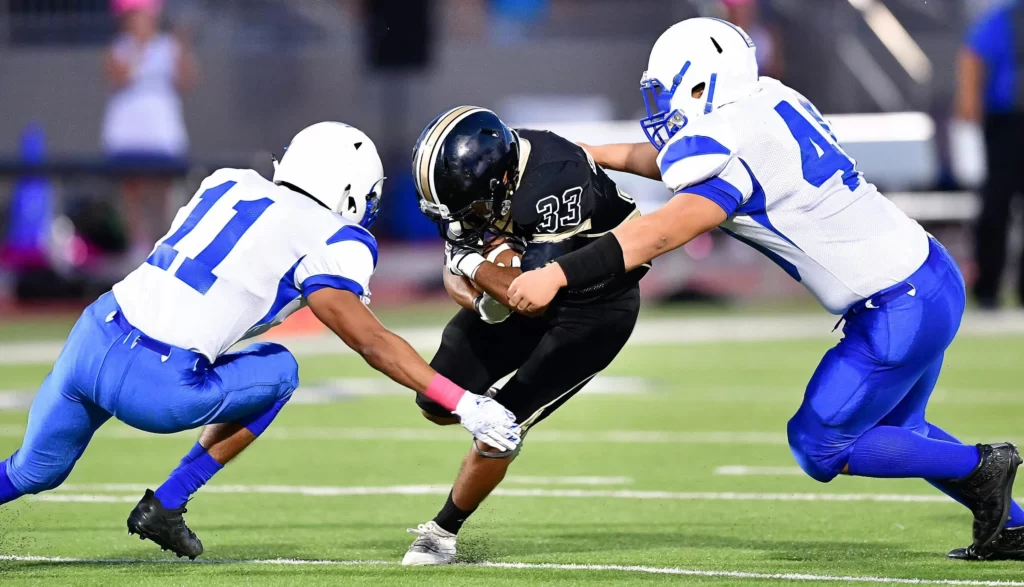
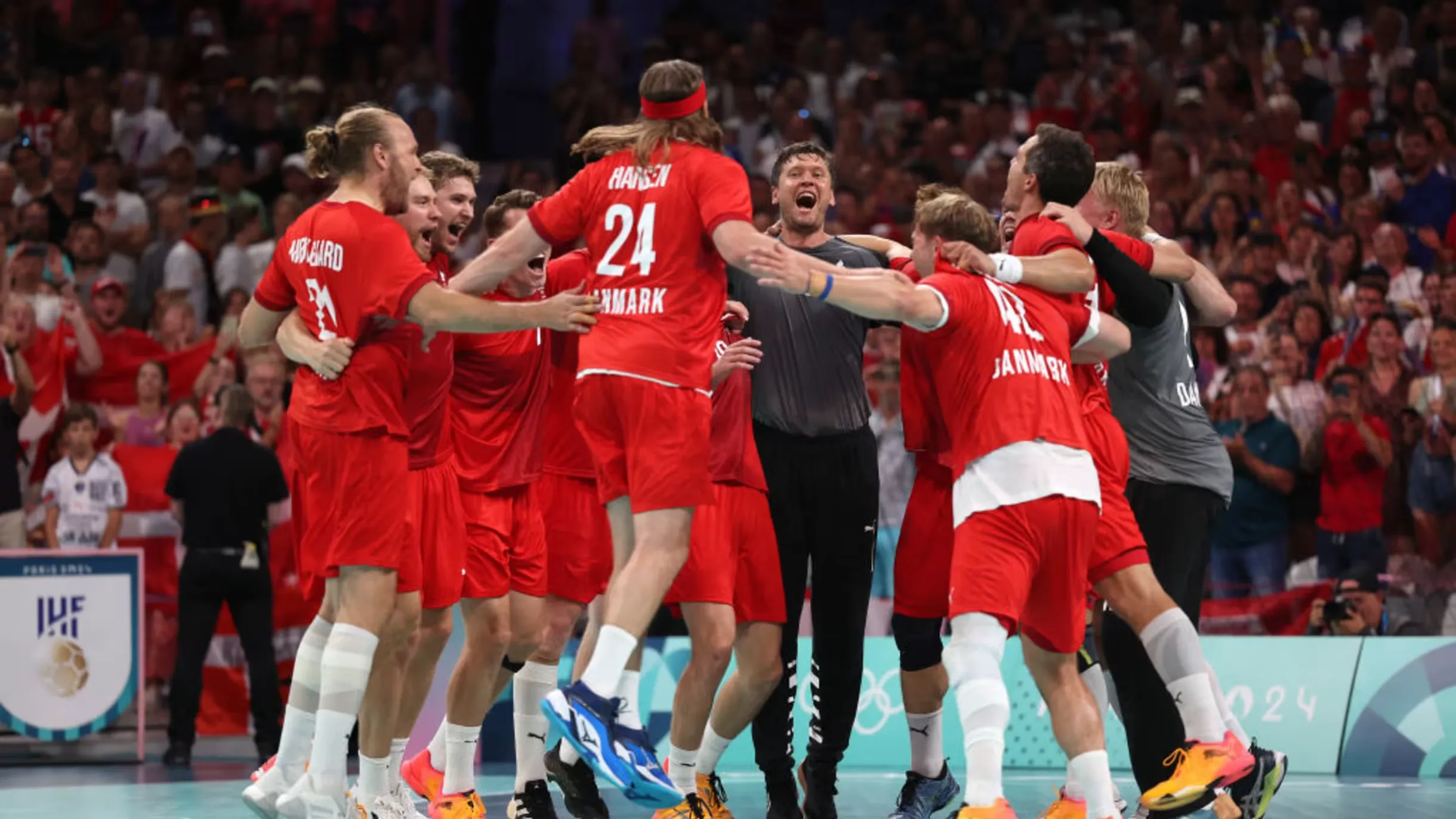

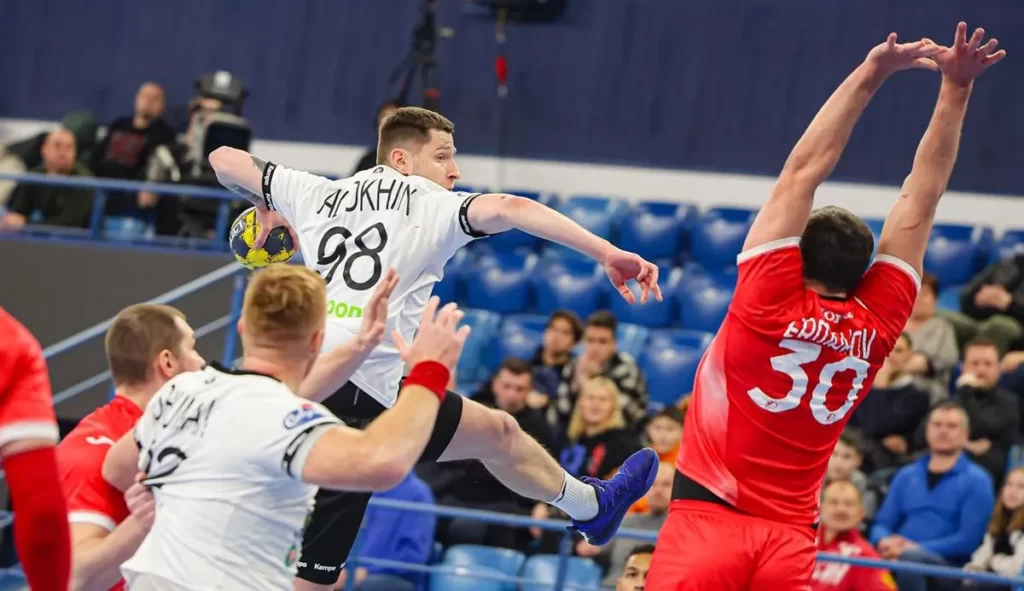 Every year, athletes are getting faster, stronger, and more resilient, which means that results that seem unattainable today will be beaten tomorrow. The discipline continues to evolve, attracting more and more people who are ready to take to the court and prove that they are worthy to write their name in history. Handball records inspire new achievements and remind us that there is no limit to what we can do.
Every year, athletes are getting faster, stronger, and more resilient, which means that results that seem unattainable today will be beaten tomorrow. The discipline continues to evolve, attracting more and more people who are ready to take to the court and prove that they are worthy to write their name in history. Handball records inspire new achievements and remind us that there is no limit to what we can do.
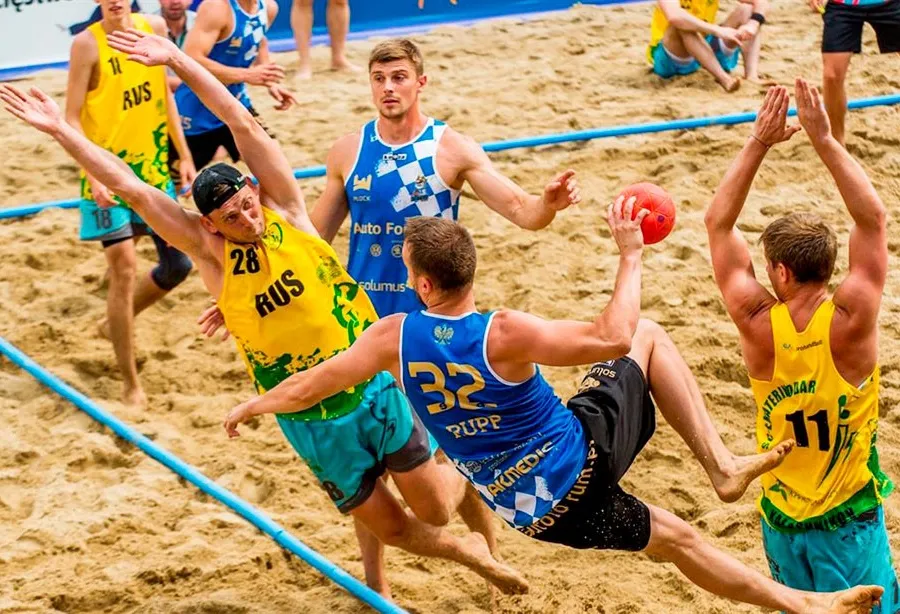
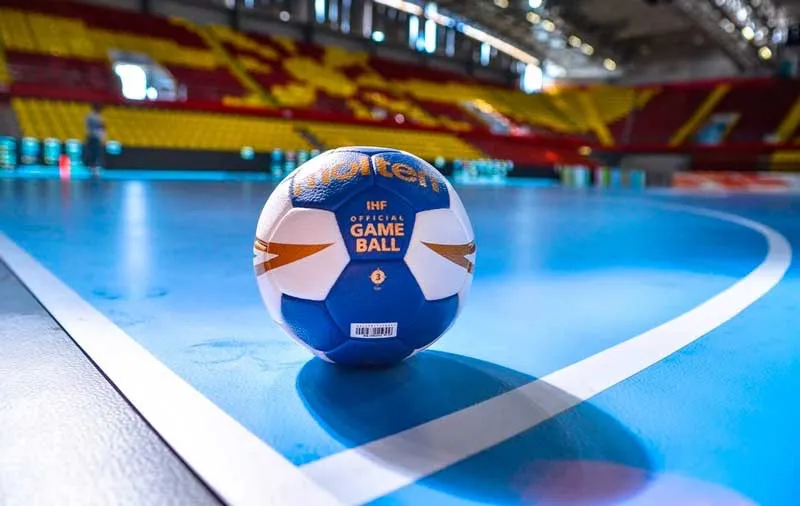

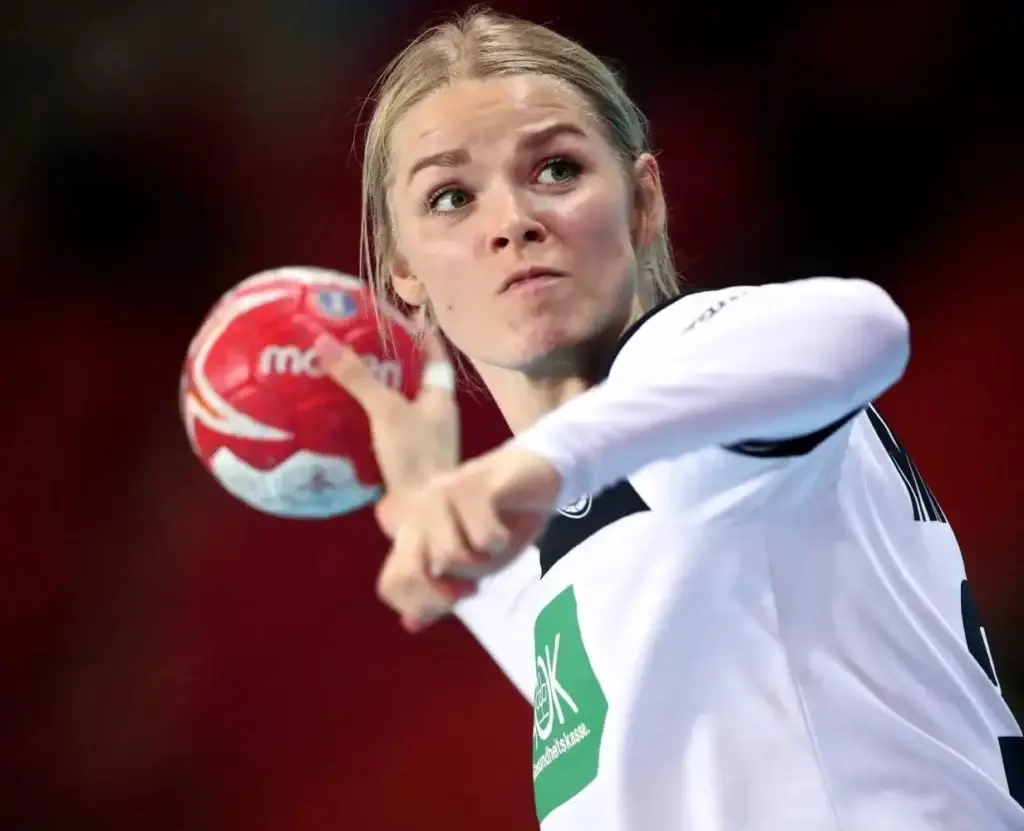
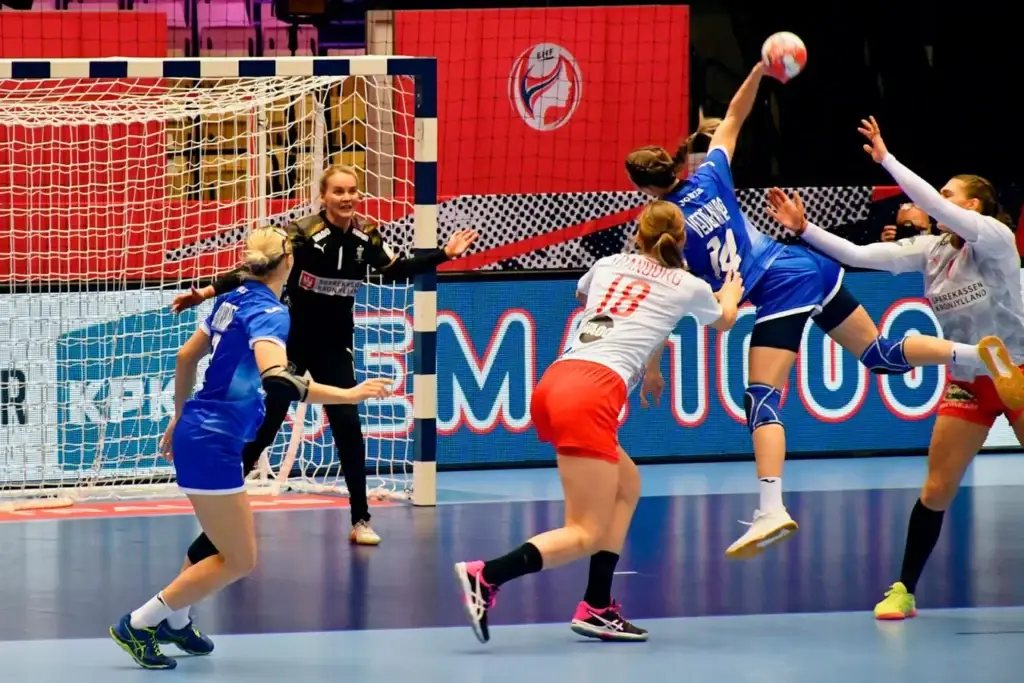
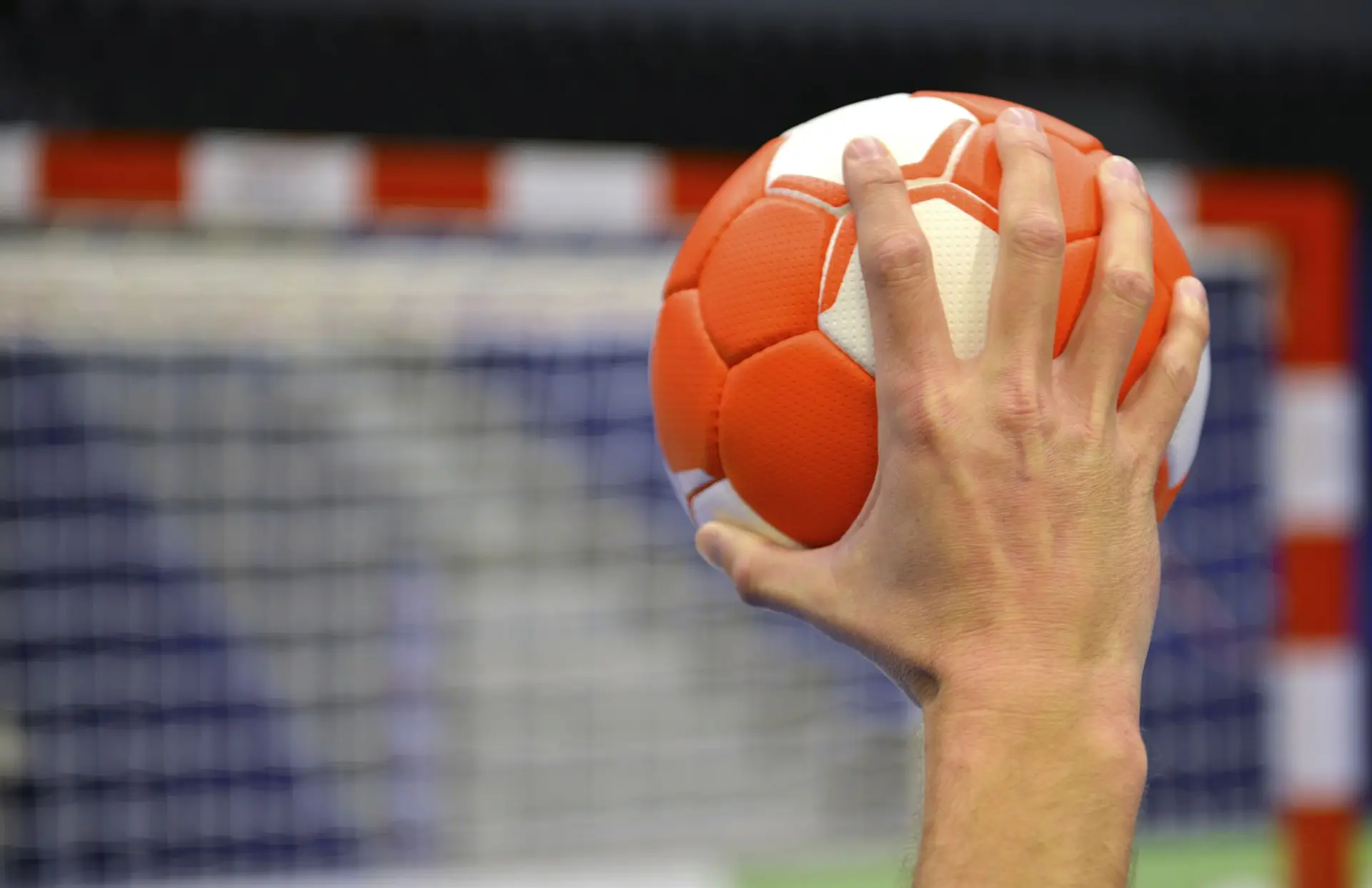
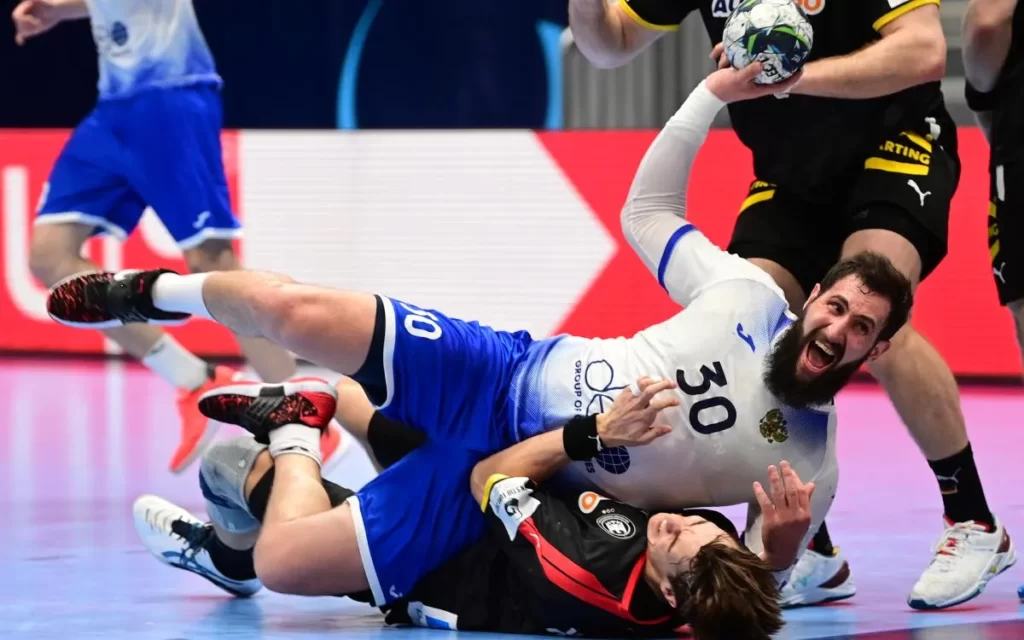 The organisation is known for its unique training methods, making it one of the best in the world. Specialised handball schools have been established in Volgograd and Togliatti, where coaches such as Levon Hakobyan and Vladimir Maximov have developed training methods aimed at all-round athlete development.
The organisation is known for its unique training methods, making it one of the best in the world. Specialised handball schools have been established in Volgograd and Togliatti, where coaches such as Levon Hakobyan and Vladimir Maximov have developed training methods aimed at all-round athlete development.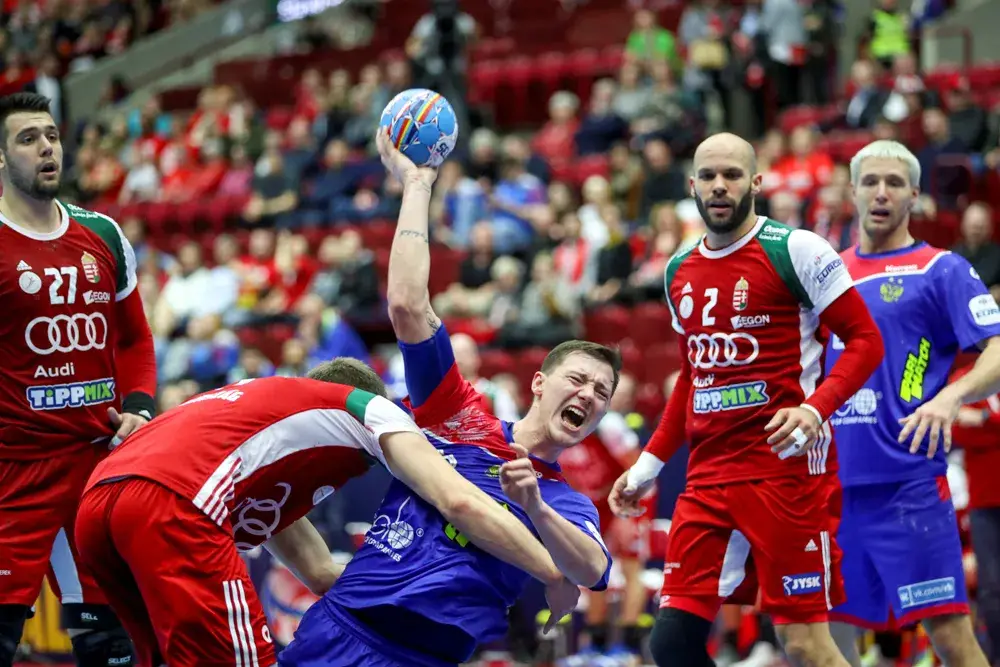 Russian handball players have left a legacy in the history of world handball. Their achievements, perseverance and constant pursuit of excellence inspire new generations of athletes. The contribution of coaches like Evgeny Trefilov and Vladimir Maximov has helped lay a solid foundation for the development of future champions. The future of Russian handball looks bright if young talents continue to follow the example of legendary players.
Russian handball players have left a legacy in the history of world handball. Their achievements, perseverance and constant pursuit of excellence inspire new generations of athletes. The contribution of coaches like Evgeny Trefilov and Vladimir Maximov has helped lay a solid foundation for the development of future champions. The future of Russian handball looks bright if young talents continue to follow the example of legendary players.